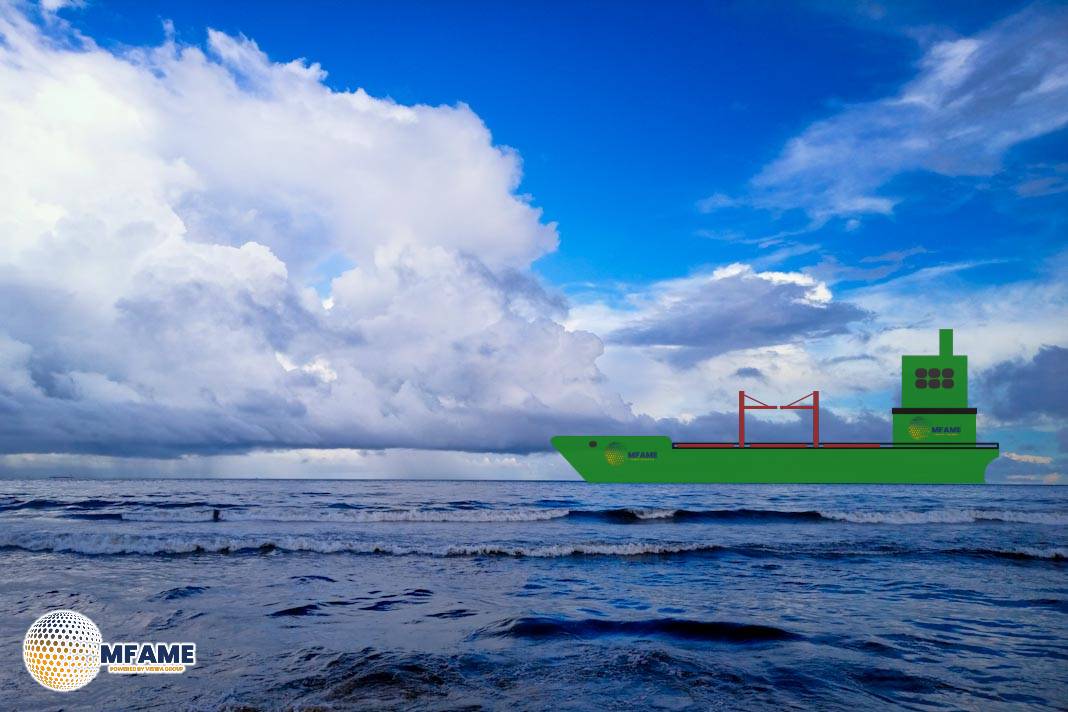The Capesize market experienced a challenging week, facing headwinds from broader macroeconomic pressures, notably the escalating US-China tariff tensions, which significantly dampened market sentiment. The BCI 5TC (Baltic Capesize Index 5 Timecharter Average) saw a substantial drop midweek before staging a slight recovery to close the week at $14,952. This figure represents a decrease from the week’s opening value of $16,728, reports Baltic Exchange.
Capesize
In the Pacific, the oversupply of tonnage persisted. Despite increased activity from key miners mid-week, it wasn’t enough to stop the decline in C5 rates (West Australia to China), which fell from $7.95 to around $7.20 mid-week before making a slight recovery to close at $7.70.
In the Atlantic, the South Brazil and West Africa to China routes also experienced downward pressure early in the week. The C3 index (Brazil to China) mirrored this weak sentiment, dropping from $20.67 to $18.71 mid-week. However, improved activity and rising bid levels led to a recovery to $19.185 by the end of the week. The North Atlantic continued to see a steady flow of cargo, although softer fixtures were reported earlier in the week for Trans-Atlantic and Fronthaul voyages.
Panamax
This week in the Panamax market was heavily influenced by global macroeconomic factors, leading to disruptions across different regions.
Atlantic Market: The trans-Atlantic routes faced significant downward pressure due to low demand and declining oil prices. Voyage fixtures in this area equated to timecharter equivalents below index levels. The only positive aspect was the fronthaul grain trade from NC South America, but even these rates saw a decline as the week progressed. South America experienced a quieter week, with deals for second-half April arrivals consistently around the $15,250 per day plus a ballast bonus of $525,000.
Asia Market: The market in Asia was negatively impacted by a noticeable lack of inquiries from the North Pacific (NoPac). However, there was a mid-week improvement in demand from Australia. Rates for trips from Australia to China for 82,000-dwt vessels with delivery in China/Korea/Japan hovered around the $11,500 per day mark.
Supramax
Given the ongoing instability stemming from the “Tariff War,” it’s not surprising that a lack of confidence continued to influence the Supramax/Ultramax sector this week. Sentiment in the Atlantic basin remained decidedly negative, with most routes experiencing a decline in rates.
- The US Gulf lacked significant fresh demand, with market whispers suggesting Supramax vessels were achieving rates in the $13,000s for fronthaul voyages.
- The South Atlantic remained more dependent on specific vessel positions, although a 63,000 dwt vessel was reportedly fixed from the East Coast of South America to Denmark at $19,000 per day.
- There was some activity reported from West Africa, with a 63,000 dwt vessel equipped with a scrubber heard fixed to China in the mid-$13,000s per day.
The Asian market presented a mixed picture:
- Indonesia saw some demand, providing a degree of support to rates.
- Further north, a lack of new demand kept rates in check.
- From the south, a 64,000 dwt vessel was reportedly fixed from Indonesia to the East Coast of India at $16,000 per day.
- For North Pacific business, a 63,000 dwt vessel opening in Japan was fixed for a North Pacific round voyage at $12,000 per day.
Overall, period chartering activity was reportedly nearing a standstill, reflecting the high level of uncertainty surrounding the future market outlook.
Did you subscribe to our daily Newsletter?
It’s Free Click here to Subscribe!
Source: Baltic Exchange


















